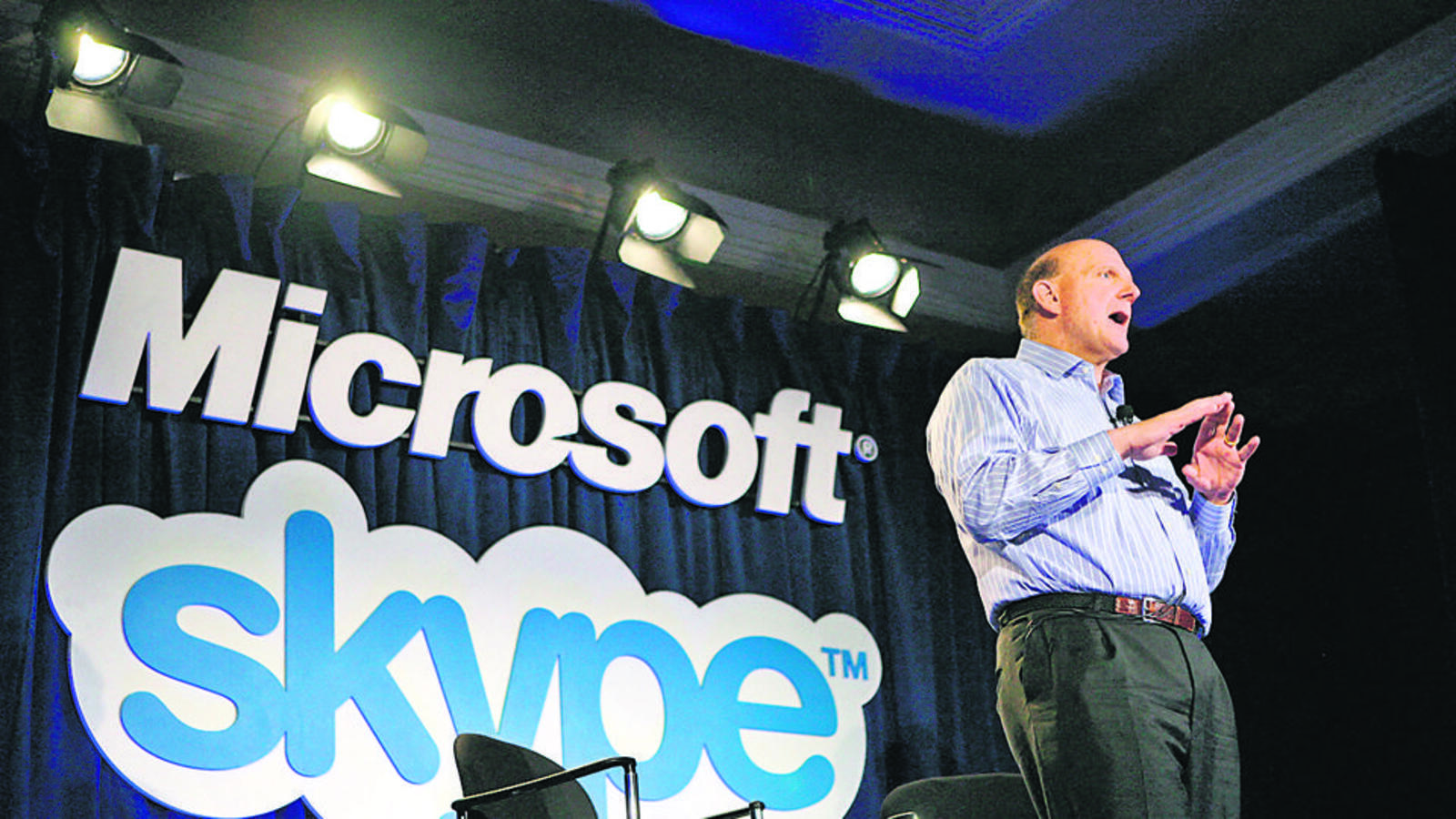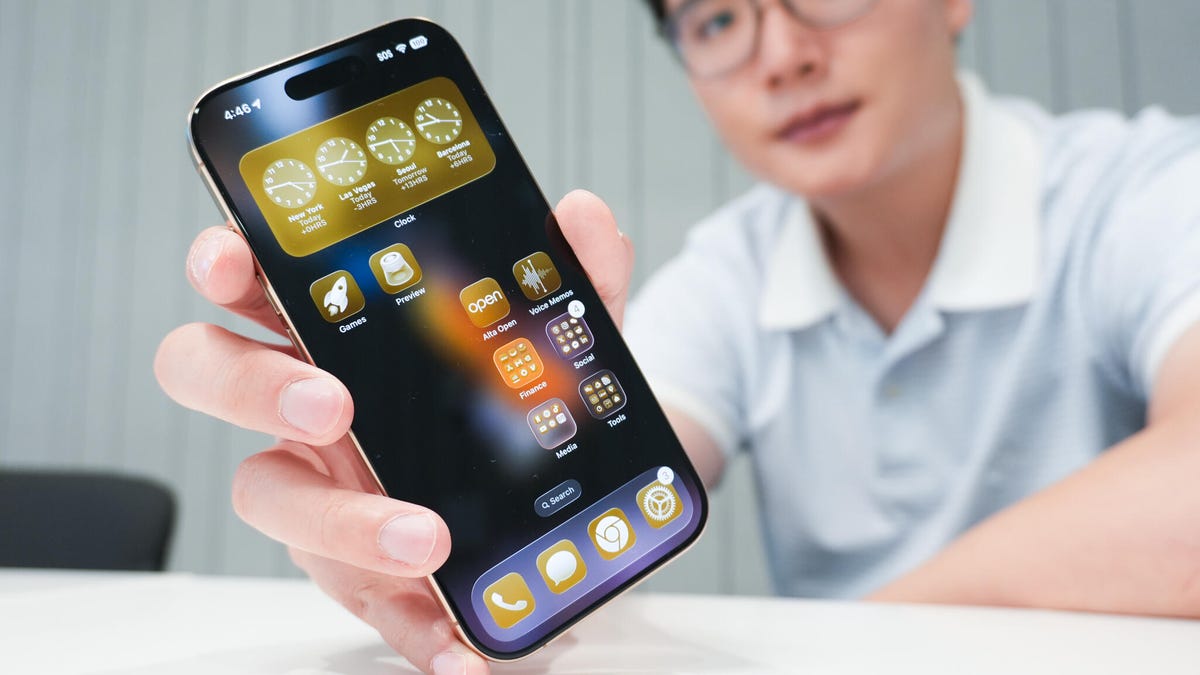It is April 2025. My daughters are sprawled on the living room couch, Netflix humming in the background, texting their friends. A WhatsApp call buzzes on the side. Their digital lives flow seamlessly. They barely register what’s happening in the world of tech. Skype is being taken off life-support by Microsoft. May 5 is its final day. I doubt they’ll even notice. But I do. I will mourn its passing.

Also Read: ‘End of an era’: Microsoft announces end of Skype, internet reminisces golden days
For me, Skype’s death is personal. Born in 2003 out of the icy brilliance of Estonian code and the idealism of peer-to-peer rebellion. For me, Skype passed away quietly sometime in the 2020s, after a long illness brought on by neglect, corporate indifference, and the ruthless march of better-designed competition. This is because Skype was not just another piece of software. It was a phenomenon. At a time when international calling cards were sold in shady kiosks and broadband was a luxury, Skype offered a radical promise: free voice and video calls to anyone, anywhere. And unlike many of its contemporaries, it delivered.
To understand what it gave us, you have to know what came before. You have to rewind back to thirty years ago when India first got online. Not the metaphorically speaking ‘online’. Actually ‘online’. On August 15, 1995. That was when Videsh Sanchar Nigam Limited, or VSNL, launched the internet in India.
I was a rookie reporter then at the Financial Express. Just out of college, for some reason, the editor thought it prudent to move me to the technology beat. It was like being assigned to cover a slow-moving science experiment no one believed would amount to anything. No one really understood what this “internet” thing was. We did not even have the vocabulary to describe what it could do. But something told the editor it was big. Really big. I believed him.
Also Read: Microsoft, Google, Amazon are urging H-1B employees ‘not to leave the US’
VSNL’s rate card from that year now feels like it belongs in a museum. For ₹5,000, you could get a shell account. That meant you could access text only on the internet. No images, no colours, no buttons. Just white text on a black screen.
You wanted images? That cost ₹15,000 annually. At a speed of 9.6 kbps, you would be lucky if a photo loaded within a minute. For those who wanted faster access, a leased line at 64 kbps cost up to ₹6 lakh a year. There was an option for 128 kbps, but the costs started at ₹10 lakh for a non-commercial user. It was unaffordable for most.
This was a time when even getting a basic landline at home took a 10 year wait. So, the idea of internet access in the house was borderline science fiction.
But there I was, in a newsroom, with a single internet-enabled desktop. A big, boxy monitor with a noisy CPU that lived in one corner of the office. Our editor then, a technophile, gathered us around and to explain how to use a browser. Netscape Navigator, the Big Daddy then, he told us, was our ticket to the world.
We sat there like kids watching a magic show. The moment someone logged in, all work stopped. Everyone gathered around. We took turns. We were learning to type URLs like www.altavista.com and www.yahoo.com without knowing exactly what they would show. Every click felt like an expedition.
Back then, the computer was a glorified typewriter. For a reporter like me, it added very little value to my workflow. I could just as easily type out a piece on a trusty ‘electronic’ typewriter, no less, that had been handed down to me by a sympathetic uncle. But I’d seen the internet and felt transformed. It became a bridge to the world’s information. Suddenly, I didn’t mind waiting hours to read global newspapers, look up financial data, download software, and send emails that landed halfway across the planet.
That was when Hotmail arrived. And with it, a quiet pride. It was co-founded by Sabeer Bhatia, a young Indian engineer in Silicon Valley. When Microsoft bought Hotmail in 1997 for $400 million, every Indian who had an internet connection rushed to get an email ID. If you had a Hotmail address, you were considered tech-savvy. It was like wearing a badge that told the world you belonged to a future-facing club.
It was around this time that India’s own internet entrepreneurs began to shape what we now call the digital ecosystem. Rajesh Jain was running IndiaWorld out of a cramped office in Mumbai’s business district Nariman Point. It was walking distance from where I worked and once in a while I’d walk over to his office. When Satyam bought it for $117 million in 1999, it became the largest internet deal in India.
By then, Ajit Balakrishnan had already launched Rediff.com. The ambition was massive. It was a blend of news, shopping, email, and search. Traditional media companies were still trying to understand what “going online” meant.
And then, in the early 2000s, something shifted. A new icon appeared on our desktops. Blue. Minimal. Quiet. It was called Skype. Built by Estonian engineers, Skype offered something no other tool could. Voice and video calls to anyone in the world. Free. Over the internet. The magic of it was not in its technical details but in its emotional resonance. This was not just about functionality. It was about presence. Until Skype, we relied on choppy international phone calls. Every minute was money. Every conversation was careful. But Skype changed the economics of intimacy.
My younger brother had gone to study in the United States. Until then, our connection was limited to emails and short, costly phone calls. With Skype, everything changed. Every weekend, we’d gather around the computer. He’d appear, grainy and pixelated, on the screen. We could make out the contours of his room in the background. His voice skipping in and out. It didn’t matter. We could see him and hear him. My mother would wipe her eyes without saying a word. My father would ask about the weather and adjust the speaker pointlessly. For us, this was the future.
Skype didn’t have a marketing team in India. It didn’t need one. Word spread like fire. You could talk to your cousin in Singapore, your aunt in Toronto, your friend in Boston—all without spending a rupee. Couples who were in long-distance relationships clung to it. Families spread across continents reunited through it. Journalists like me learnt to deploy it to interview sources from other parts of the world. Skype turned the internet into something human. It gave the web a voice. It gave it a face.
Each user developed their our own relationships with the tool. People like me used Skype calls late at night to avoid the internet slowing down. We timed our calls based on circadian cycles of people at home. We hoped no one picked up the landline (which would immediately disconnect the internet) while we were mid-call. We were careful with updates. We shared tips with other technophiles on how to improve call quality. There was a culture of shared discovery. It was a time of collective optimism.
And then, in 2011, Microsoft bought Skype for $8.5 billion. For a while, it looked like a marriage that would take Skype global. But that wasn’t what happened. Microsoft tried to turn Skype into a corporate tool. It added features that few people asked for. The app became heavier. Clunkier. More confusing. Updates made it less stable, not more. And new players emerged. WhatsApp added voice. FaceTime became the iPhone’s default. Google got in the game with Hangouts and Meet. Then the pandemic hit.
If ever there was a moment for Skype to rise again, this was it. But instead, it stayed quiet. Zoom, a relative newcomer, took the world by storm. Microsoft diverted attention to Teams. Skype, the original pioneer of personal video calls, slowly disappeared from public memory.
Now, it is officially being retired. On May 5, Microsoft will shut down Skype for Business. But for many of us, it died a while ago. The icon is still there on some desktops. But no one clicks on it anymore.
I want young readers to understand something. Skype was not just software. It was a phenomenon. It taught us that technology is not just about speed or storage. It is about emotion. It is about connection. Skype gave us moments. The kind that stay with you.
You remember your first Skype call. The first blurry smile. The first laugh that came across 10,000 kilometres. The first time you realised that the internet could collapse distance.
Today, we take this for granted. We video call without thinking. But back then, Skype felt miraculous.
As I write this, I find myself returning to that newsroom where it all began. The single desktop. The arguments about who went next. The clumsy search queries. The first shaky video call with my brother. Skype wasn’t perfect. But it made everything feel possible.
Goodbye, old friend. You called us before we were ready. And while we have moved on, we will never forget you.





